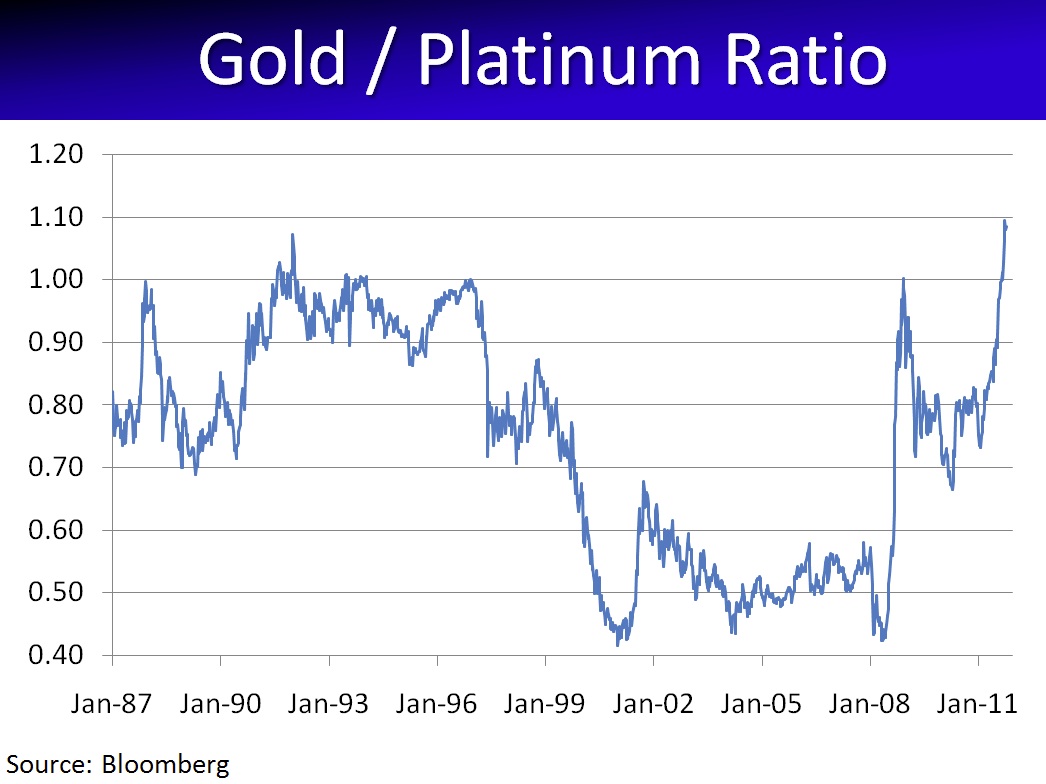The appreciation of the US dollar has helped cause a dramatic fall in energy prices. All commodities priced in dollars (copper, iron ore, coal, grains and so on) have been under pressure.
This is good news for consumers, but bad news for US exporters and the broader energy industry which has lowered capital spending.

Dollar Power
All this is problematic as the hydrocarbon industry has been the biggest provider of high-paying jobs to the US economy over the last five years.
In my opinion, the estimated 2.6% increase in GDP for the fourth quarter will probably be revised downward when more export data is available.
That said, several factors continue to drive US growth.
On February 6th, the US Labor Department announced a stronger-than-expected increase of 257,000 jobs for January.
The Labor Department also revised up its estimates for December and November by 147,000 jobs. This is the largest labor increase in a three month period since 1997. Wages are also heading up.
Energy Rebound
I continue to believe that oil prices will stabilize and start to rise sooner than many analysts are predicting.
The Energy Information Agency (EIA) last week announced that gasoline consumption in January showed a dramatic increase over a year ago.
In addition, political problems around the world are beginning to slow production. Libya has slowed exports by about 500,000 barrels/day over the last two months and the EIA announced domestic production decreased by 33,000 barrels per day last month.
For these reasons, I believe the price of oil has currently stabilized around the $50 per barrel price and has started to rise back up toward the $70 to $80 per barrel that I think it will reach by year end.
This price increase will be aided by a somewhat weaker dollar between now and year end.
Chemical Sector
As oil prices have fallen, so have natural gas liquids (NGLs). Ethane, for instance, has fallen to about $0.40/gallon, down from over $1.50/gallon last year.
In my opinion, this gives the US chemical industry a distinct advantage over other areas of the world that use naphtha to derive ethylene.
One sector of the economy that benefits from lower prices is the chemical industry. Westlake Chemicals (WLK) and LyondellBasell (LYB) are still our favorites in this sector.
Midstream Players
The midstream sector has been hard hit as well. These companies derive most of their income from fee-based revenue through their pipelines and NGL processing facilities.
However, in my opinion, these companies are largely shielded from the price of the hydrocarbon.
Our two favorite names in this space are Enterprise Products Partners (EPD) and Kinder Morgan (KMI).
With the large drop in oil prices, almost all of the E&P companies have slashed their capital expansion spending for the coming year by at least 25% to over 50%.
They will not ramp back up until oil prices rise and stabilize. As the price of oil gains ground back to the mid- $60s, several producers that have very good leases should again be very profitable.
We are now slowly increasing our positions in several players in this area. I’m bullish about Concho Resources Inc. (CXO), EOG Resources (EOG), and Linn Energy (LINE).
For an investment in the Marcellus shale region, Gastar Exploration (GST) and Range Resources (RRC) are where we are currently adding money.
Photo Credit: Tsuda via Flickr Creative Commons
The investments discussed are held in client accounts as of February 20, 2015. These investments may or may not be currently held in client accounts. The reader should not assume that any investments identified were or will be profitable or that any investment recommendations or investment decisions we make in the future will be profitable


